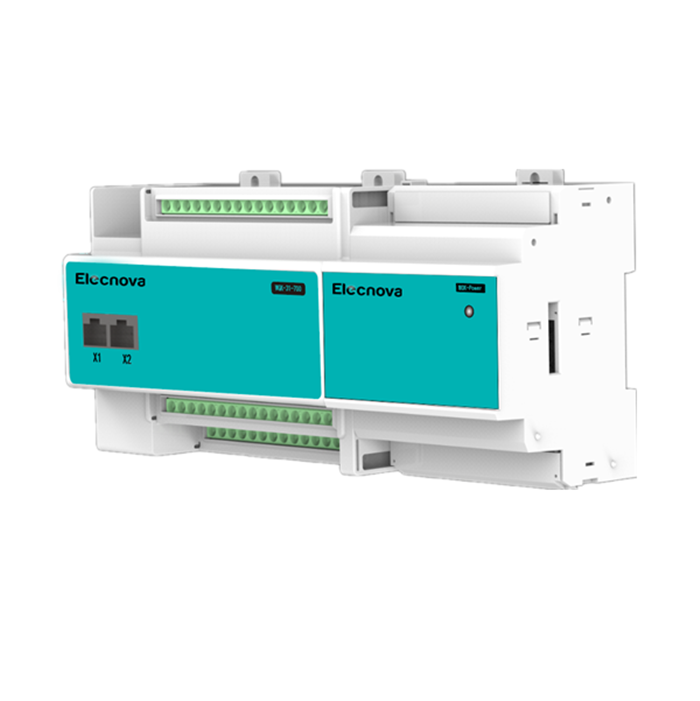The year 2018 is the first year of the development of the industrial Internet. The recent establishment of a special working group for industrial internet has triggered the investment enthusiasm of the market. Whether it is the Industrial Internet or Industry 4.0, their core is to deeply involve the Internet in the manufacturing process, realize intelligent manufacturing, and greatly increase productivity. The core of the industrial Internet includes: network, data, and security. From the perspective of smart manufacturing, the core is the industrialization of the network represented by industrial Ethernet into the industrial production site, and the second is the digitalization of devices that generate data. Data is stored, converted, and analyzed. With the gradual development of the underlying key technologies and the strong protection of national policies, the development of the industrial Internet is expected to gradually infiltrate into the manufacturing industry. This week's topic, we look at the Industrial Internet from the perspective of smart manufacturing.
Economic and policy observations: In February 2018, China's Manufacturing Purchasing Managers Index (PMI) was 50.3%, decelerating by 1.0 percentage point month-on-month, and the overall manufacturing industry continued to expand. The growth rate slowed down; the comprehensive PMI output index was 52.9. %, although it dropped 1.7 percentage points from the previous month, it is still above the critical point. Market Performance Analysis: This week (2.26-3.2), the Shanghai and Shenzhen 300 Index fell 1.34%, the ChiNext rose 6.18%, Shen Wan Machinery and Equipment rose 3.11%.
Dynamic changes in machinery: According to the data from the Construction Machinery Association, excavator sales in January 2018 were 10,687 units, an increase of 135% year-on-year; of which, 9,547 units were sold domestically, an increase of 141.9% year-on-year. In January, the sales volume of truck cranes was 2,112 units, an increase of 170.42% year-on-year.
Machinery Industry Perspectives and Combinations: After undergoing downside adjustments in 2011-2016, the machinery and equipment industry ushered in a strong recovery in demand in 2017. At the same time when profits were positive, the balance sheet was effectively restored. Looking into 2018, the rebound in manufacturing investment is expected to continue to push up the recovery level. The demand driven by industrial upgrading is the most rapid. In addition, the overseas market is also expected to contribute a positive increase. As industry demand picks up and corporate finances improve, we continue to give the “buy†investment rating to the machinery and equipment industry. In the direction of engineer's dividend driving the development of advanced manufacturing, we propose that the two main lines should grasp the investment opportunities of the industry. The first main line is the equipment manufacturing industry cluster with global competitiveness and large space for expansion, in which the leading company has “2. The second takeoff is the potential; the second main line is to provide key equipment for the technological upgrading of manufacturing industries.
Recently recommended combination: China CRRC, Sany Heavy Industry, CIMC, Hengli Hydraulics, Eddy Precision, Precision Measurement Electronics*, Connected Equipment*, Hongya CNC, Zhejiang Dingli, Yizhimi, Longma Sanitation*, Jack Shares, Shanghai Mechatronics, Shaanxi Drum Power, Zhengjiji; in the mid to long-term perspective, we are optimistic about the new energy industry chain, the dominant equipment companies in the field of pan-semiconductors, including Jingsheng Mechatronics*, Changchuan Technology, Zhichun Technology, etc., in the Industrial Internet. In the field, it is recommended to focus on the Yellow River Cyclone*, Eston, Tuostar, and robots.
Risk warning: Industrial Internet policy implementation effect is lower than expected; industrial Internet industry investment is lower than expected; macroeconomic changes lead to product demand fluctuations; exchange rate changes lead to earnings volatility; production capacity progress is less than expected.
Power quality management is concerned with the control of the quality or purity of the AC sine wave of the electricity power supply. Power Quality Management System is a platform and interfaces to collect, tabulate, analysis and display data to various stakeholders. To monitor and record the status and quality of power supply in the location.

Power Quality Management,Electronic Test And Measurement Instrument,Digital Imaging Measurement Instrument,Smart Measurement Instrument
Jiangsu Sfere Electric Co., Ltd , https://www.elecnova-global.com
